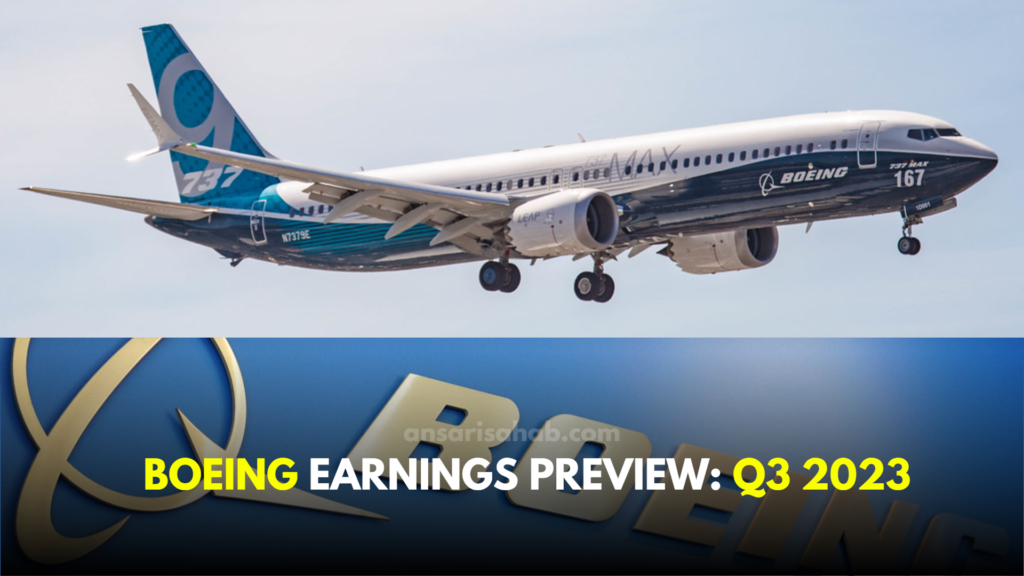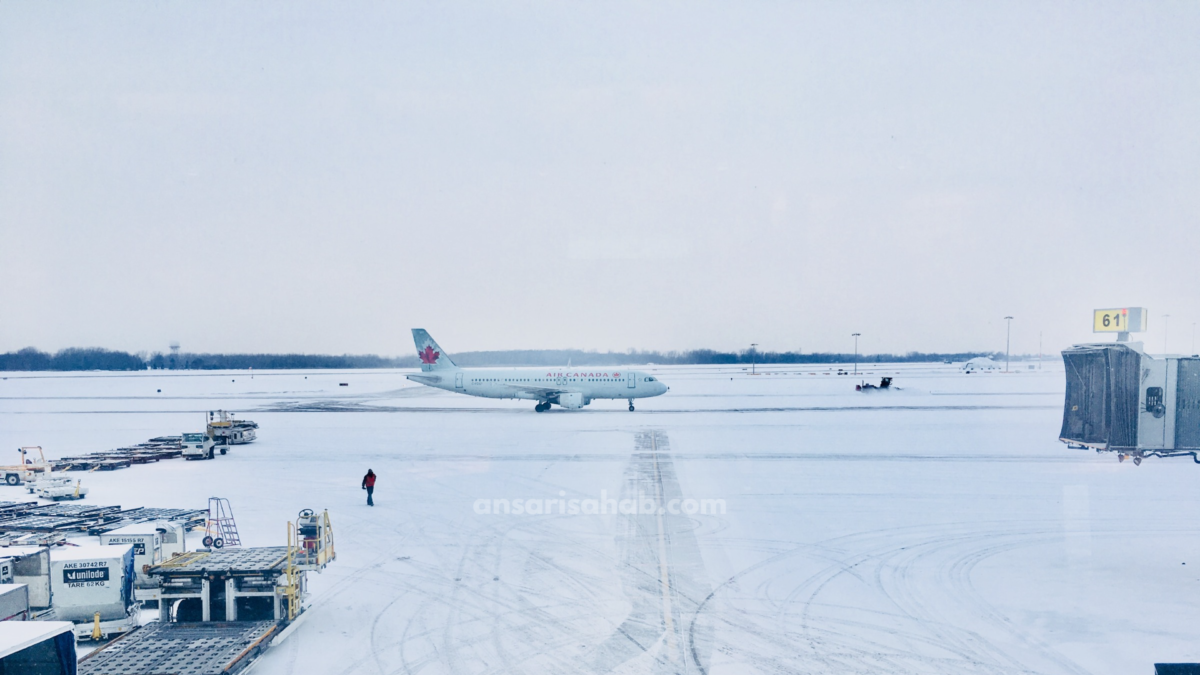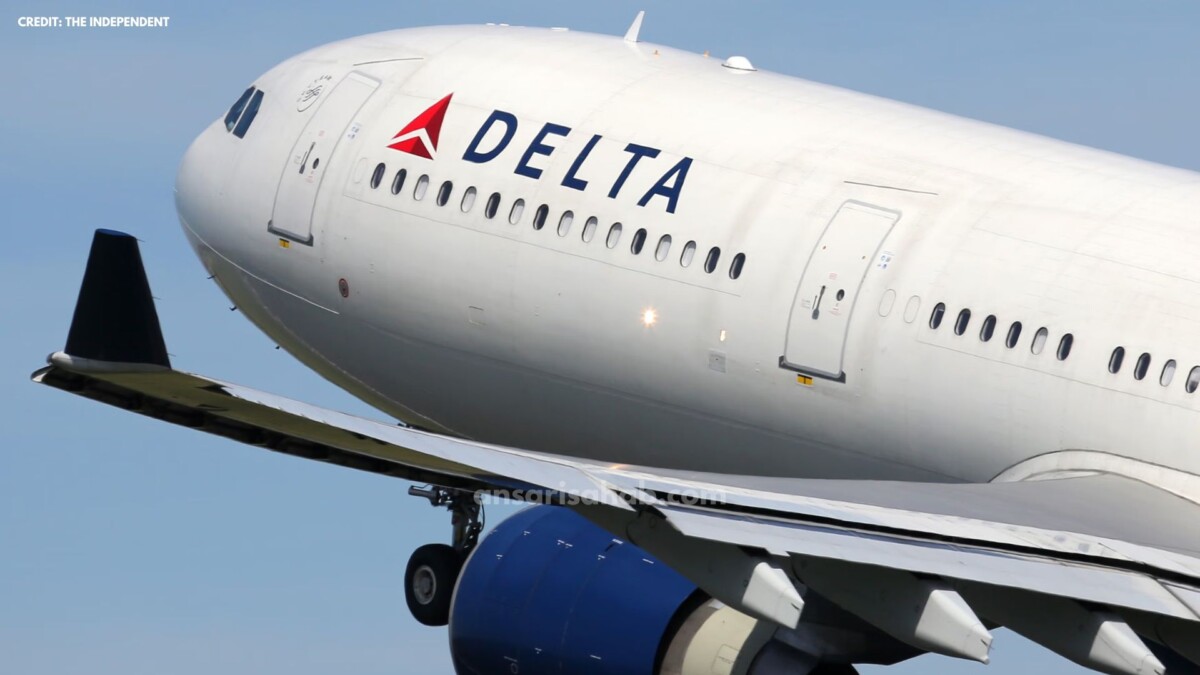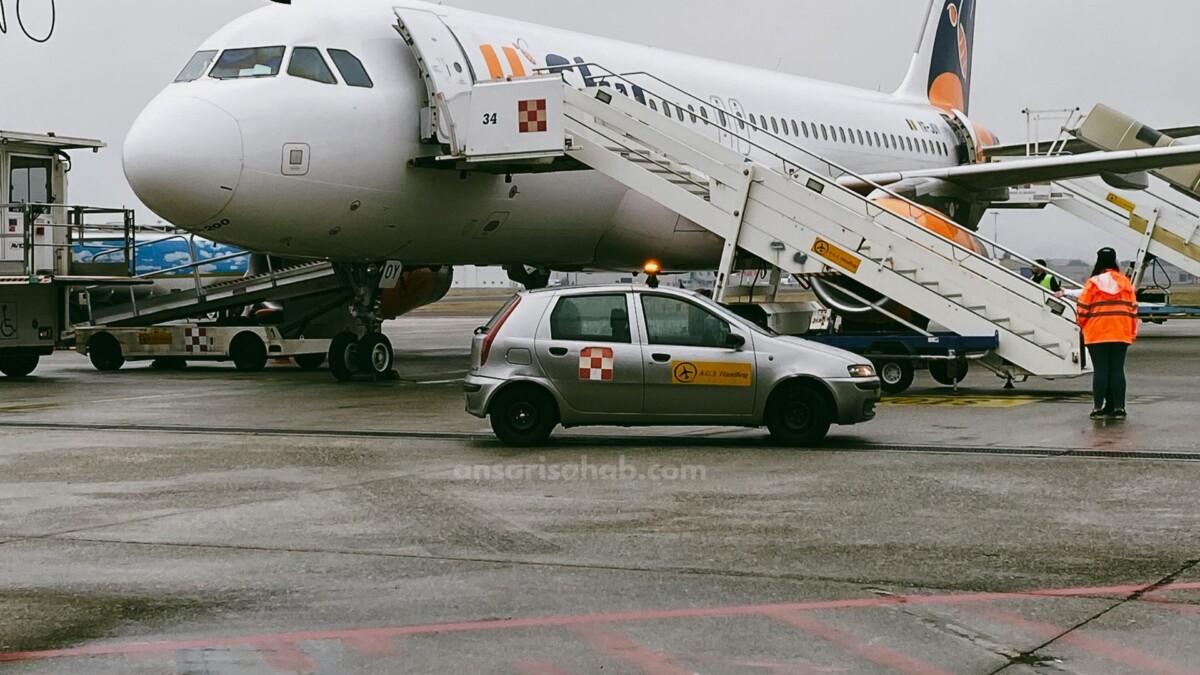Hamad International Airport (DOH) and Shenzhen Bao’an International Airport (SZX) have formalized a sister-airport agreement, marking a new phase in Sino-Qatar aviation ties and expanding on the Hamad Shenzhen Airport partnership to boost connectivity, technology exchange, and cargo operations. (According to The Peninsula)
The agreement was signed at the Routes World 2025 aviation summit in Hong Kong by top executives from both airports, amid delegations from Shenzhen, Qatar Airways, and airport authorities.
Key Areas of Collaboration
Under the MoU, the Hamad Shenzhen Airport partnership will focus on:
- Route and network coordination — collaborative planning of passenger and cargo routes between the Middle East, China, and beyond.
- Technology and operational exchange — sharing best practices in airport operations, smart infrastructure, sustainability, and passenger processing systems.
- Market intelligence & joint marketing — leveraging shared data and promotional efforts to drive traveler traffic and cargo flows.
Shenzhen’s Deputy General Manager, Chen Fanhua, noted that by pairing with DOH, Shenzhen aims to expand its role as an international gateway for the Greater Bay Area, with richer connectivity and balanced hub functions.
Meanwhile, Hamad’s COO, Hamad Al Khater, described the alliance as a step toward “smarter, more sustainable journeys” between Doha and China.
Existing Links & Strategic Motivation
Qatar already maintains robust aviation links with China: Hamad International connects to nine Chinese cities — including Beijing, Shanghai, Guangzhou, Shenzhen, Chongqing, Hangzhou, Xiamen, and Chengdu — plus Hong Kong. Between January and August 2025, over 1.1 million passengers flew on Qatar–China routes.
In October 2024, Shenzhen Airlines inaugurated a thrice-weekly Doha–Shenzhen route, marking its first service to the Middle East and adding a ninth Chinese destination for Hamad.
Separately, Qatar Airways is expanding codeshares with China Southern Airlines, enabling deeper network integration between Doha and major Chinese cities.
The Hamad Shenzhen Airport partnership builds on an earlier MoU between Hamad and Beijing Daxing Airport, reinforcing Qatar’s ambitions in China’s aviation sector.
Strategically, the pact helps both parties: China strengthens Middle Eastern access, and Qatar strengthens its position as a hub bridging Asia, Africa, and Europe.
Challenges & Considerations
While promising, implementing the Hamad Shenzhen Airport partnership will require overcoming operational and regulatory challenges. China’s air rights, slot allocations, and bilateral aviation agreements will need alignment with Qatar’s aviation policy.
Air traffic growth must be matched by infrastructure readiness. Hamad has recently expanded its terminals (Concourses D & E) in a Phase B expansion, increasing capacity to more than 70 million passengers annually.
Coordination across airlines, ground services, and customs/immigration procedures will be crucial to ensure smooth passenger and cargo transfers. Market demand volatility, fuel costs, and geopolitical shifts also pose risks.
What It Means for Travelers & Trade
- For passengers: smoother connections between Gulf, China, and beyond. Potential new routes and more options.
- For cargo & trade: improved logistics and direct freight channels, especially between Chinese manufacturing hubs and Middle East or African markets.
- For airports & airlines: opportunity to adopt and exchange innovations in operations, sustainability, and digital infrastructure.
- For national strategy: reinforcement of Qatar’s role as an aviation hub and deeper ties in China’s Belt & Road framework.
The Hamad Shenzhen Airport partnership may soon be mirrored by similar pacts with other major airports across Asia, further strengthening Qatar’s aviation diplomacy.
FAQs
A: It’s a sister-airport MoU for route planning, technology exchange, operations collaboration, and market intelligence between DOH and SZX.
A: Hamad connects with nine Chinese cities including Beijing, Shanghai, Guangzhou, Shenzhen, Chengdu, Chongqing, Hangzhou, Xiamen, and Hong Kong.
A: They must coordinate regulatory frameworks, slot allocations, ground services, customs/immigration, and infrastructure investment.









